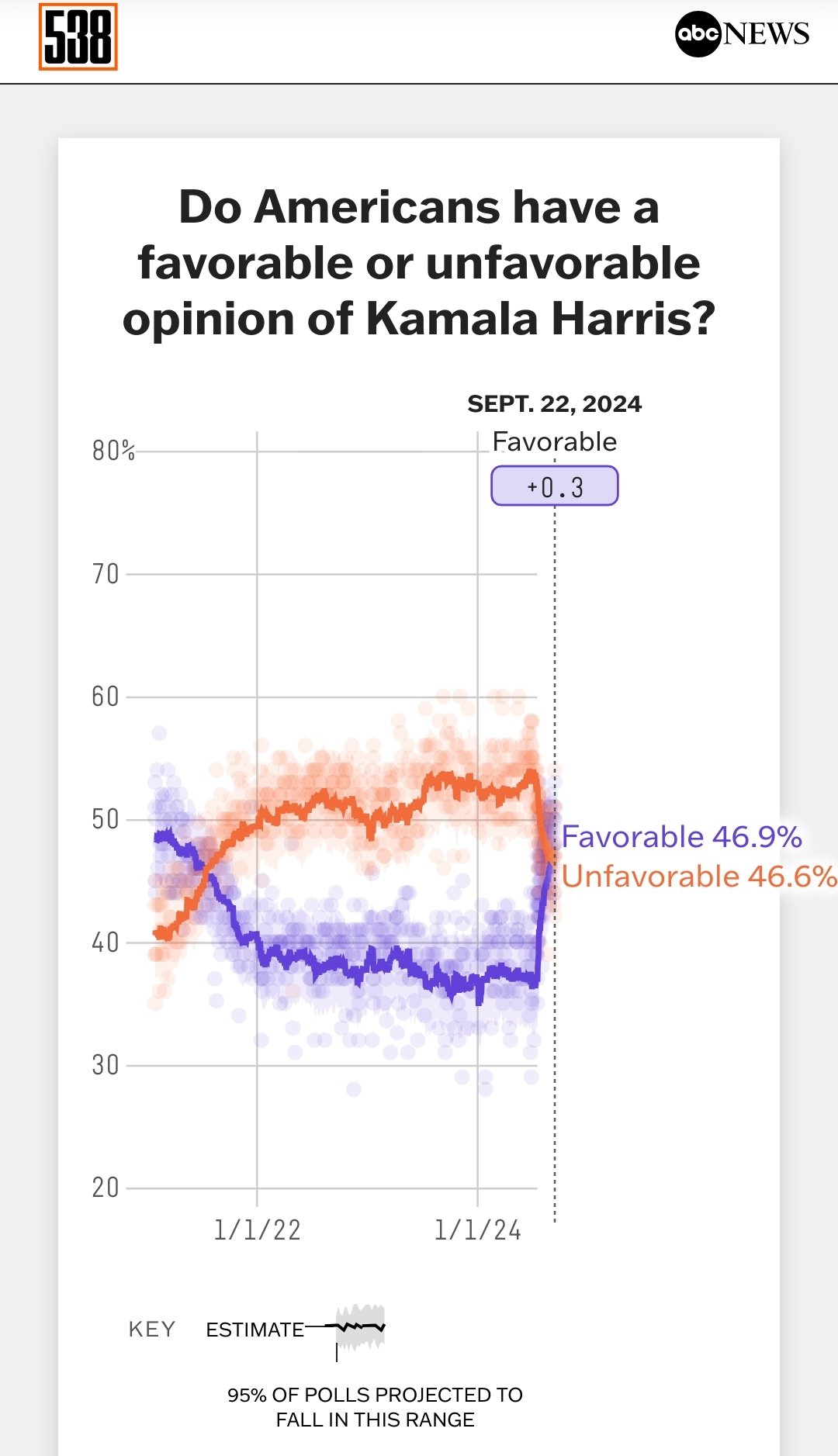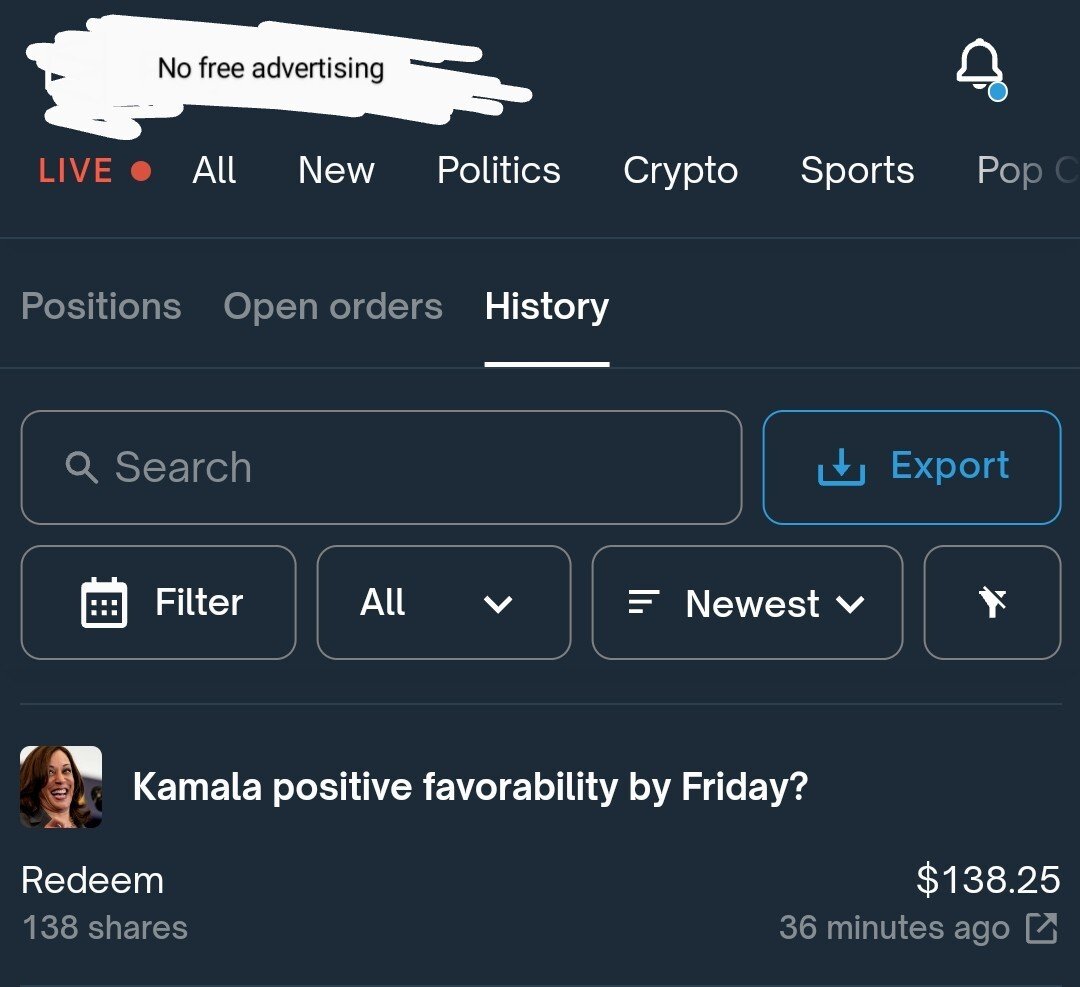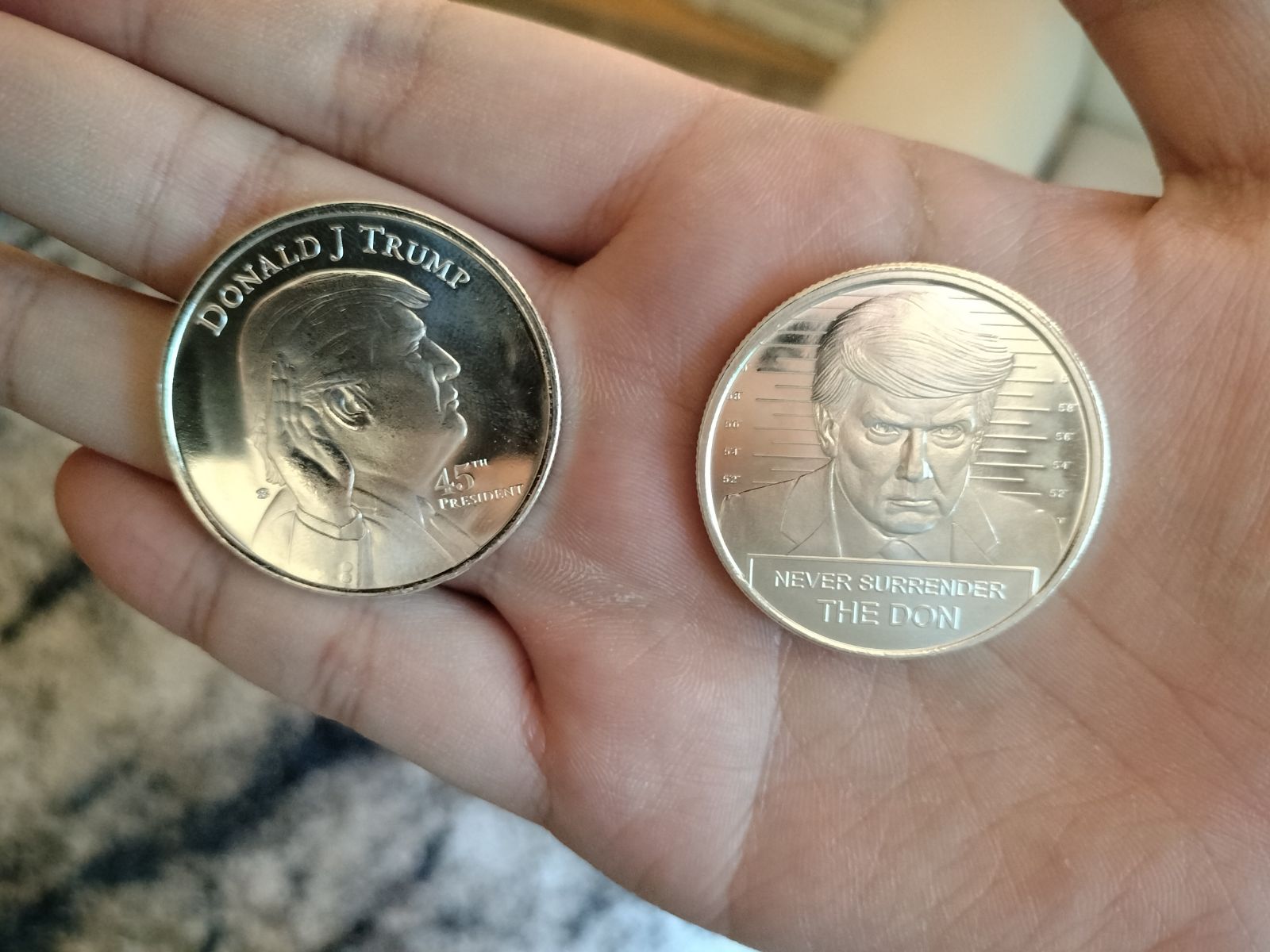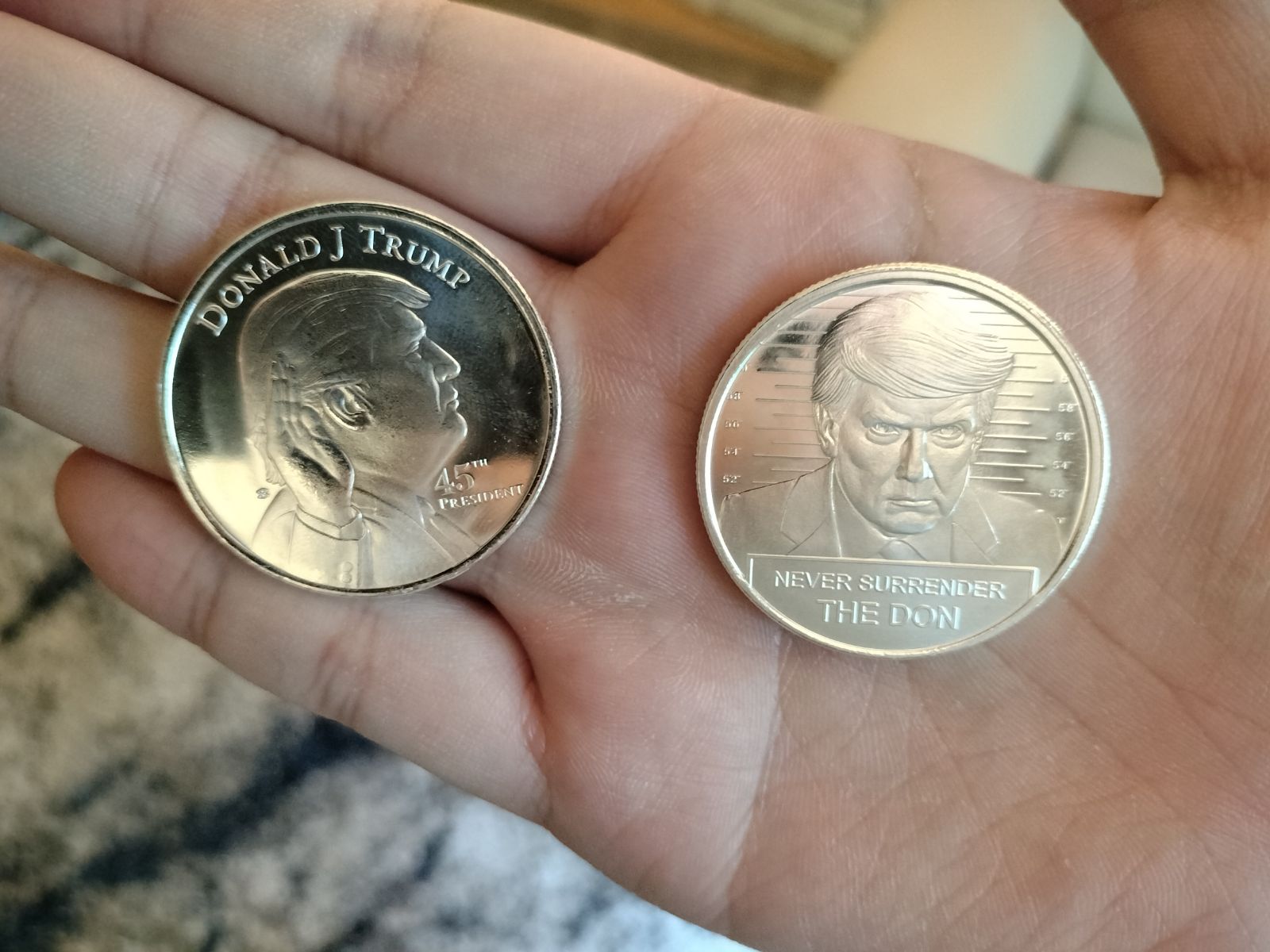

There are a few types of “anonymity”.
The highest level of anonymity is perfect anonymity, where it is literally impossible to prove a transaction occurred or know anything about that transaction without being a party to that transaction. Some private cryptocurrencies are truly perfectly anonymous because it’s cryptographically infeasible to determine who paid whom and how much was paid without being a party to that transaction. Metal coins are generally perfectly anonymous. Paper money is nearly perfectly anonymous. They still have serial numbers that can be traced. It is easy to make arguments that perfect anonymity is undesirable because the drawbacks of allowing criminals, terrorist organisations, or sanctioned states to transact freely and in complete secrecy outweigh the privacy benefits to normal people compared to what they enjoy with lower levels of anonymity. I am not here to make an argument about this.
The next-highest level is what I will call “legal anonymity”, where knowledge of transaction details is tightly restricted by law. If you think of Swiss bank secrecy laws, this is close to what I mean. A CBDC can operate at this level of anonymity. The central bank would still theoretically know all details of all transactions, but the use of this information would be legally restricted and cannot be used for mass surveillance. However, the information is still retrievable by means of some defined legal process, such as a court subpoena or specific search warrant.
The level below that is what I will call “discretionary anonymity”. This is where a third party knows all the transaction details, and the restrictions on what they can do with this information are either weak or non-existent. Hence, your privacy is at the discretion of whoever holds this information. This form of privacy is weak compared to the other forms but a large portion of the population still finds this level of anonymity to be acceptable for everyday transactions. Bank transactions in the USA are discretionarily private. The bank can use and exploit the transaction data it knows with relatively few legal restrictions.
The final level is pseudo-anonymity, where transaction data is publicly accessible, but some information (such as the exact names of the payor and payee) is not provided. Bitcoin and most other cryptocurrencies are pseudo-anonymous.





















What is this service?
I really doubt it will be as revolutionary as you claim.